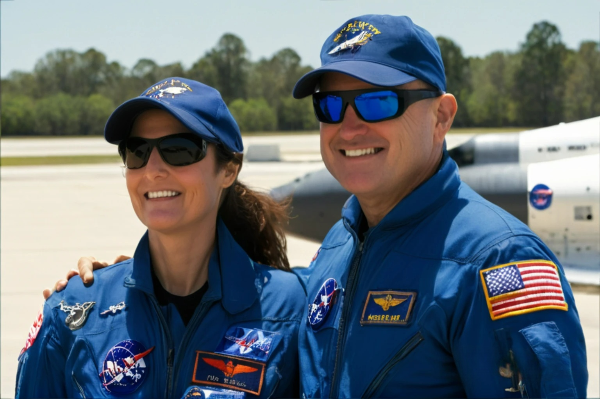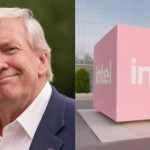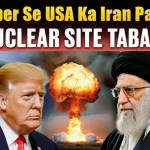Two NASA-trained astronauts who were conducting tests on Boeing’s new CST-100 Starliner spacecraft find themselves stranded aboard the International Space Station (ISS), which orbits Earth at a distance of approximately 400km (250 miles). Astronauts Suni Williams and Butch Wilmore were originally scheduled to return to Earth on June 13, following the Starliner's first crewed flight launch from Florida’s Cape Canaveral Space Force Station on June 5. However, the Starliner encountered multiple issues even before the June 5 launch, including a canceled attempt on June 1 due to a ground control computer performance issue.
During the 25-hour journey to the ISS, the spacecraft experienced several helium leaks and a malfunctioning thruster. Upon arriving at the ISS on June 6 and attempting to dock, four additional thrusters out of 28 malfunctioned, further delaying the docking process.
According to a Boeing spokesperson, four of the previously malfunctioning thrusters are now operating normally, leaving only one thruster out of 27 currently offline, which does not pose a problem for the return mission.
Sunita “Suni” Williams is an American astronaut and US Navy officer who joined NASA in 1998. Williams has spent a total of 322 days in space and is known for setting records during her missions aboard the ISS. Barry “Butch” Wilmore, who flew on the Space Shuttle Atlantis and served as ISS commander, has received several awards for his contributions to space exploration.
NASA and Boeing are utilizing the astronauts’ extended stay aboard the ISS to conduct further assessments on the thruster issues that disrupted the Starliner's initial docking attempt. NASA aims for a return of the stranded astronauts to Earth in early July, with additional time needed to thoroughly investigate and address the propulsion system issues observed during rendezvous and docking operations.








